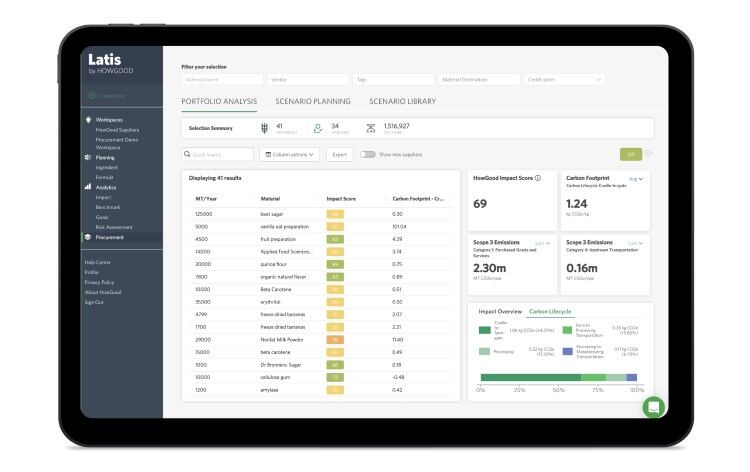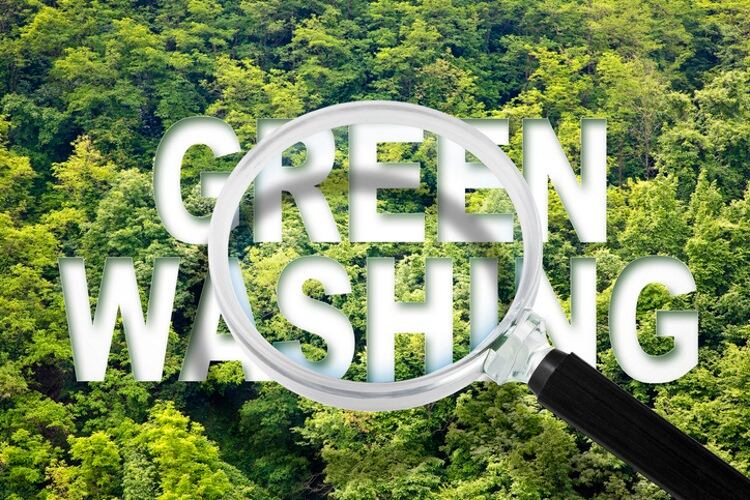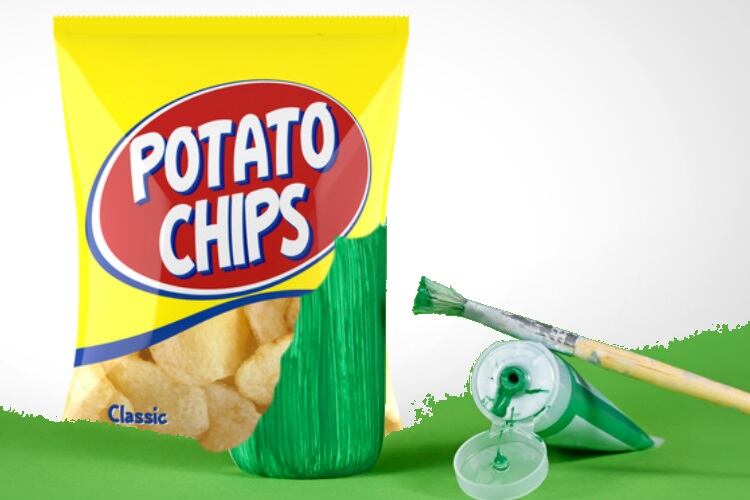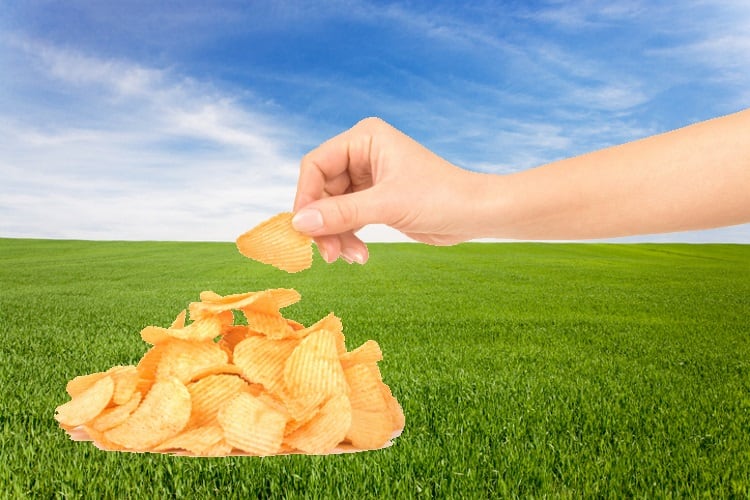Sustainability-marketed CPG products are quickly outpacing conventionally marketed products. According to a report from Circana and the New York University Stern Center for Sustainable Business, the five-year CAGR for sustainability-marketed products is 9.48%, almost double that of conventionally marketed goods (4.98%), despite being 27.6% pricier.
However, research also reveals that four in 10 brands are using marketing tactics considered misleading and unethical. It’s a deceitful practice that can backfire, erode customer trust, damage credibility and even expose a brand owner to legal risks and penalties.
Enter HowGood, a New York-based research company that claims to have the world’s largest ingredient sustainability database. The proprietary digital platform - called Latis - draws on more than 600 independent data sources and certifications to assess the social and environmental impact of 33,000+ ingredients across eight sustainability metrics.

This will provide all the facts and figures needed by brands to not only make better ingredient decisions to support their ESG goals, but more importantly, to avoid the greenwashing trip.
Bakery&Snacks caught up with Christina Lampert, director of Growth and Innovation for HowGood, to find out more.
What is greenwashing?

“Basically, it’s something that makes a consumer think a product or brand has a net positive impact that’s greater than what’s happening in reality,” Lampert told this site.
“Consumers have done a great job creating demand for sustainable products. A lot of companies are trying to capitalise on this demand [by] going to market with claims that aren’t substantiated and consumers are being misled.”
She added, “I don't know if [greenwashing] is becoming more or less common, but what I have seen - especially with some of the bigger brands - is that the scrutiny to assess the claim that could be thought of as greenwashing is becoming a lot sharper.
“Legal teams are spending less time on the claim itself, but [spending more time] assessing the data that's powering the claim to make sure that it can withstand the scrutiny so it doesn’t become an assumption or accusation for greenwashing.”
Three common types of greenwashing prevail, namely the use of environmental imagery; misleading labels and language; and hidden trade-offs where the company emphasises one sustainable aspect of a product while engaging in typically environmentally damaging practices.
“There’s a couple of types [of greenwashing practices], but one that’s really important, especially right now, is hiding trade-offs,” said Lampert.
“Composable packaging, for example, is thought of as biobased plastics, which essentially means the feedstocks [corn, potatoes, wood, cellulose] are renewable. Right off the bat, we think that’s better because they’re not derived from petroleum-based plastics, but that’s the furthest thing from the full story.
“The reality is that in order to be composted, biodegradable biobased plastics have to end up in conditions such as those within industrial composting facilities. They have to have exposure to UV, moisture, high temperatures and are strictly regulated for them to actually breakdown appropriately.”
According to Lampert, there are only 200 industrial composting facilities in the US that guarantee these conditions, which serve less than 5% of the population.
“On top of this, when composable packaging gets to these composting facilities, composters don’t even accept them most of the time because they don’t produce good compost and are viewed as contaminants. So this is, to me, definitely misleading [as] it’s really hiding so many of the trade-offs to get the full picture,” she said.
Name and shame
A greenwashing case to have recently made headlines involved the US National Advertising Review Board calling out JBS USA Holdings for it aspirational claims to meet net zero.
The wholly-owned American arm of the Brazilian beef processing giant’s commitment to achieve net zero emissions by 2040 across its entire supply chain - it produces more than 70 brands serving 190 countries - was challenged by the Institute for Agriculture and Trade Policy (IATP), a not-for-profit working for fair and sustainable food, farm and trade systems.
According to IATP, JBS’ claims convey it is already acting toward specific objectives, but in reality, it has not yet implemented a credible plan, meaning these claims are unsupported and overstate the environmental benefits of actions taken by the advertiser.
Added Lampert, “The forward-thinking aspirations - rather than what’s actually happening - make consumer think, ‘hey, we’re sustainable’, without essentially going into the details of how they're going meet that target.
“It’s a wonderful lesson for the industry,” especially as there’s a general trend among companies to hit net zero.
“This example really showed and proved that - alongside those targets - what really needs to become public also is the plan to get there.”
So, where do you really stand?

“We know the majority of environmental and social impact come from the ingredients that are selected: how and where they're sourced from,” said Lampert, noting packaging only makes up (on average) 5.5% of emissions attributed to a food product.
“So essentially, what we do is help food designers understand and see the different impacts. For example, flour from Kansas is going to have a different carbon footprint and water impact profile compared to flour from Idaho.”
HowGood goes even deeper to understand the trade-offs between ingredients, for example, how does pea flour differ from sorghum flour?
“We know that sorghum flour has more nutrition, has a lower carbon footprint and a lower high risk blue water impact, which may be a really great fit to reduce your overall product impact.”
The Brooklyn-based agency also helps to get the message out.
“A lot of bakery manufacturers are doing work to improve the impact of their products, but don’t necessarily have a mechanism to communicate it to their retail buyers, investors or even their consumers in a simple, easy and digestible manner,” said Lampert.
“So, we look at how this product scores in the bakery category. Does it quality for HowGood’s climate friendly and water smart attribute? What’s my substantiated sustainability story that I can go to market with and does this celebrate all of this wonderful work that I've done?
“The consumer has to understand [that you’re communicating about] the carbon footprint, but also how it compares to other products in the category or even the food industry at large?”
She said there are two ways that brands can capitalise on this.
“The first one is assessing your product for front-runner indications. HowGood’s climate-friendly attribute serves as a front-runner indication that the product has a cradle-to-grave carbon footprint that is lower than 70% of all of the grocery products that HowGood has assessed.
“It’s telling the consumer it’s the best-of-the-best in terms of carbon dioxide equivalent.
“The other mechanism is comparative claims - assessing the data to say this product has a carbon footprint is 70% lower than the conventional product in the category. We’ve seen a lot of this in the plant-based category.”

Takeaway message?
“If your end goal is to make a claim and talk about your sustainability story, you really can't do that if you haven't yet assessed the impacts of the ingredients that you’re sourcing,” said Lampert.
“I know it’s a bold claim … but there’s so much opportunity,” noting a brand may unknowingly already qualify for a sustainability claim.



